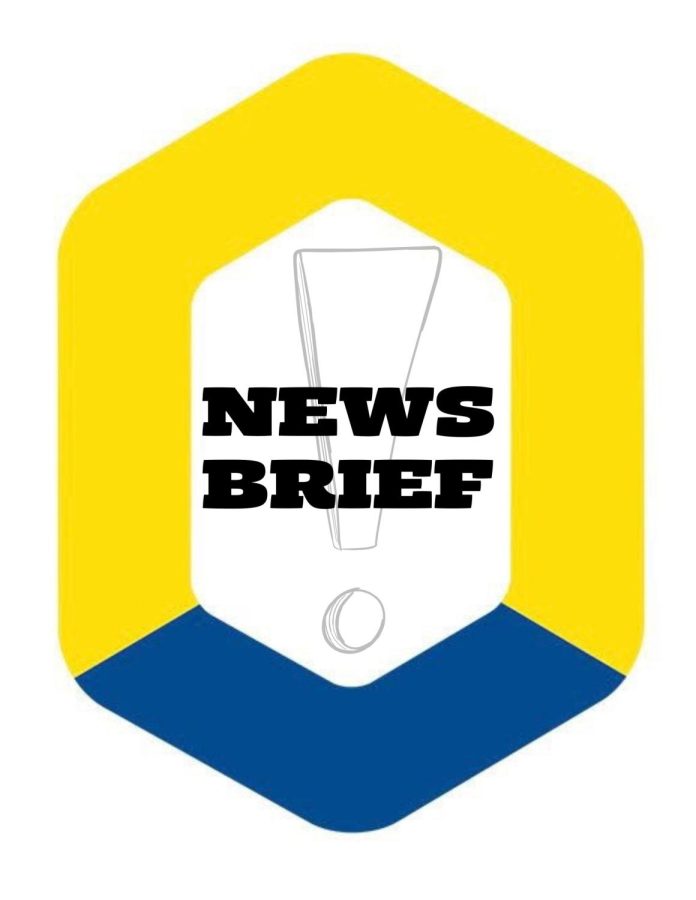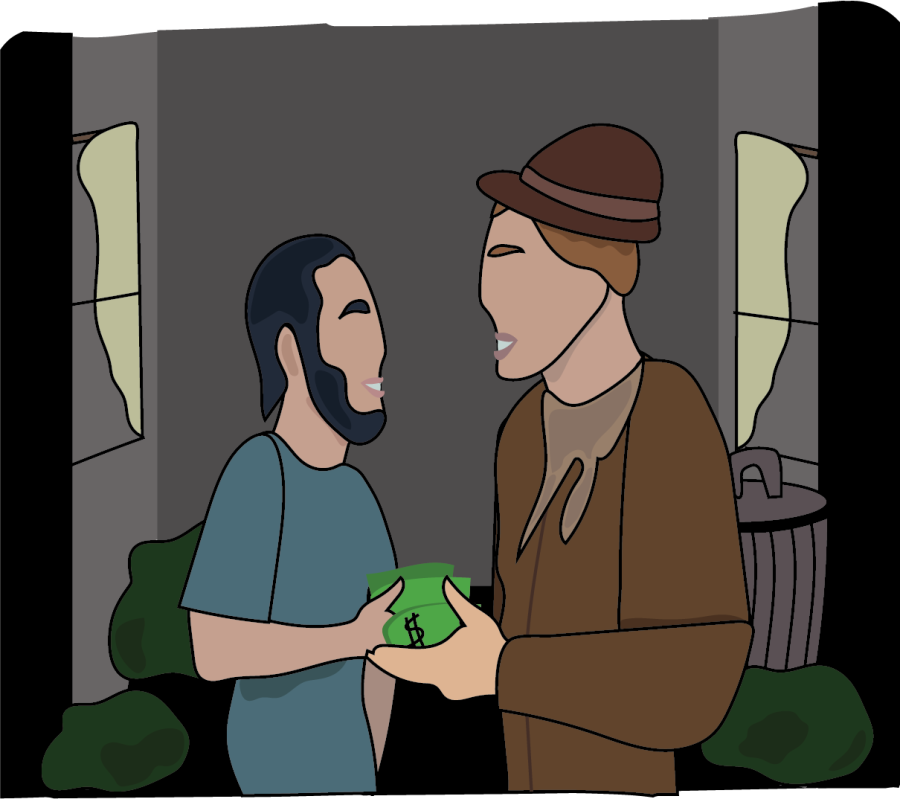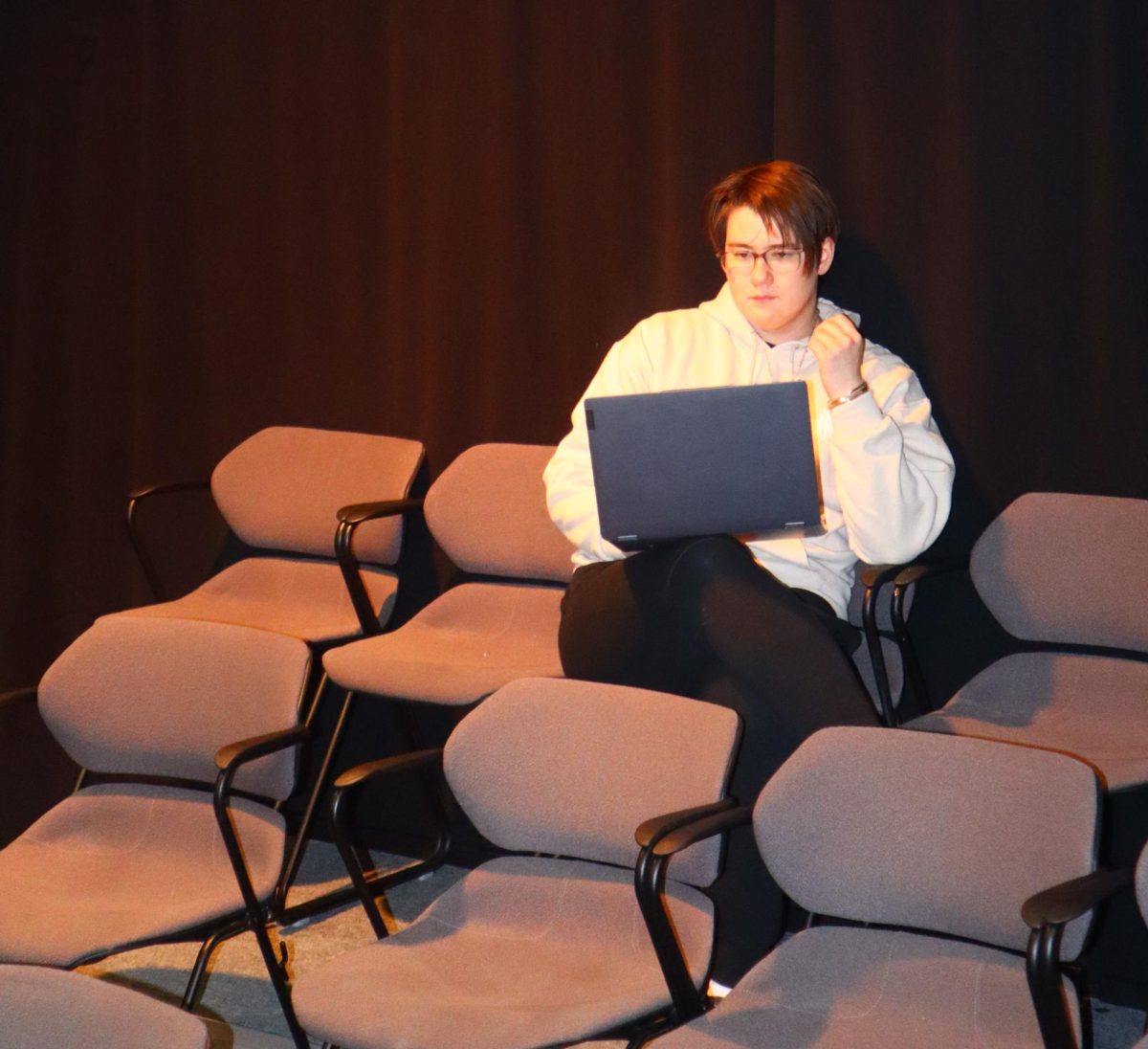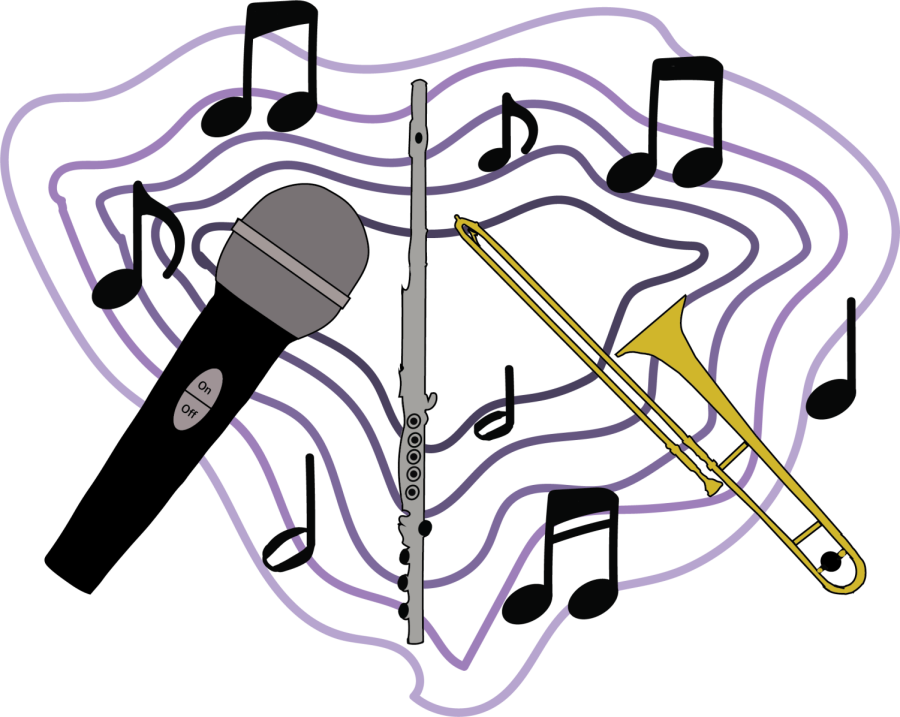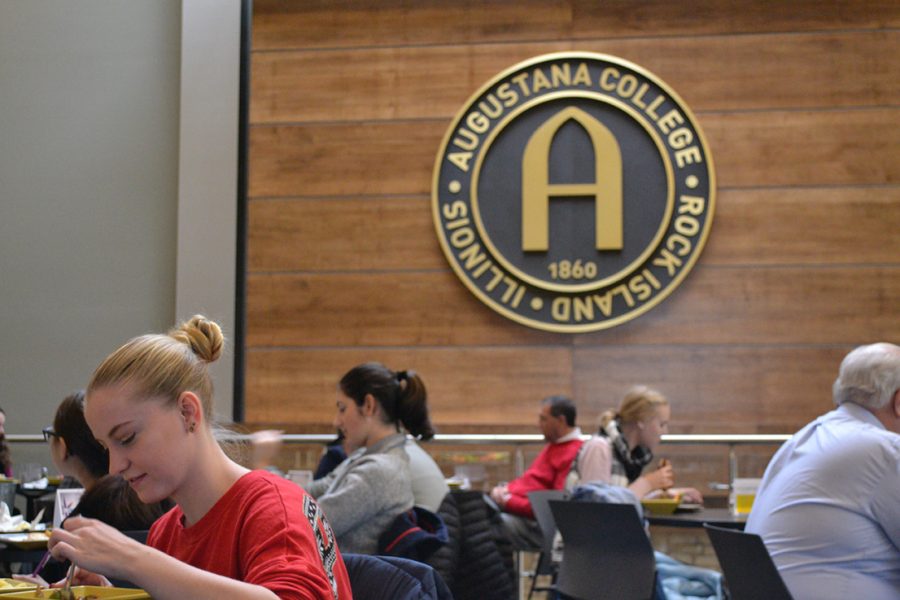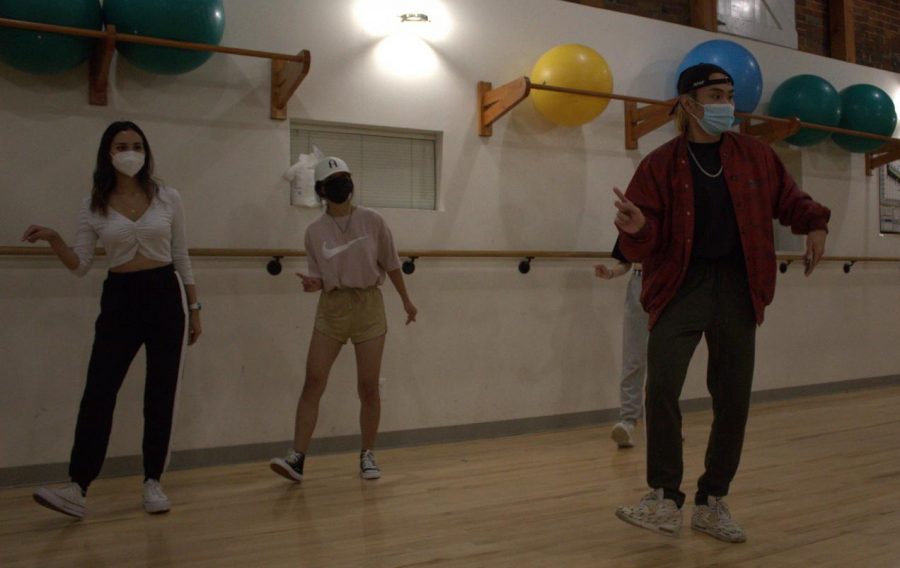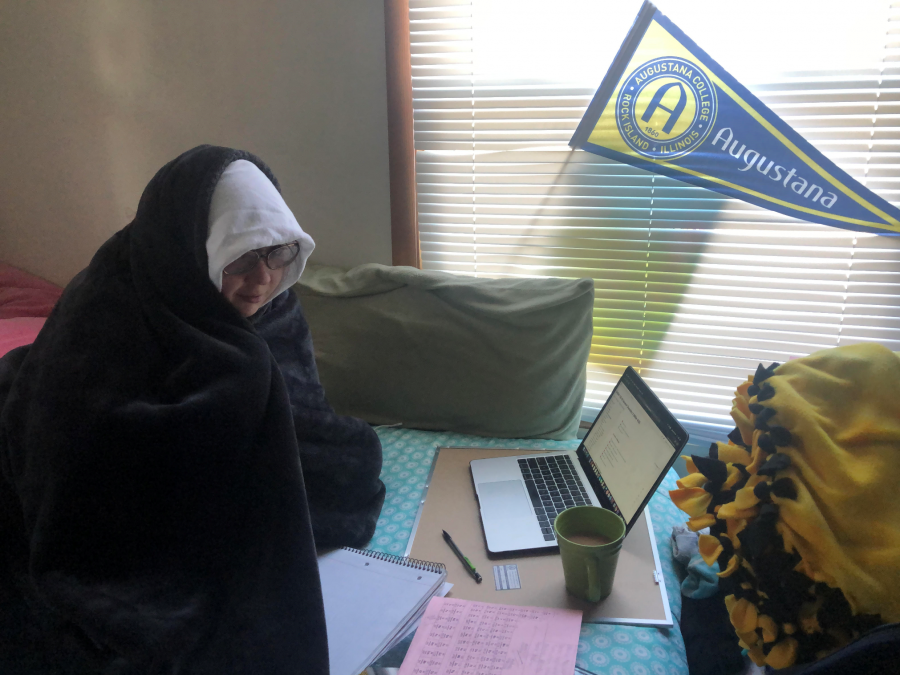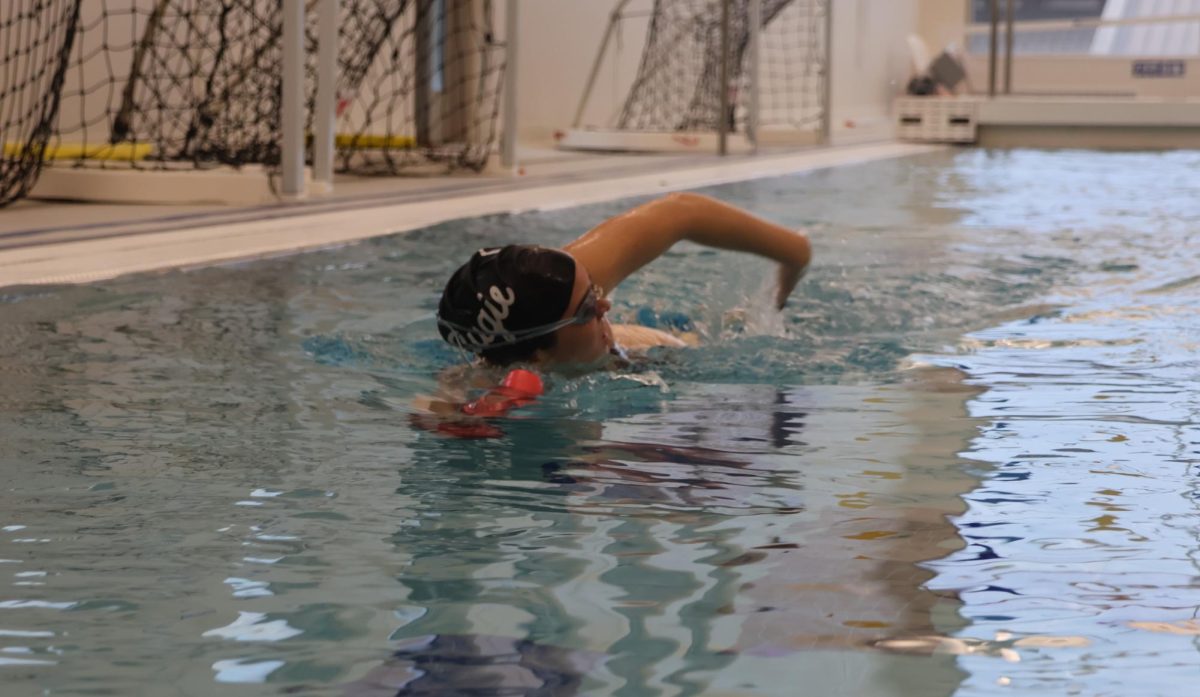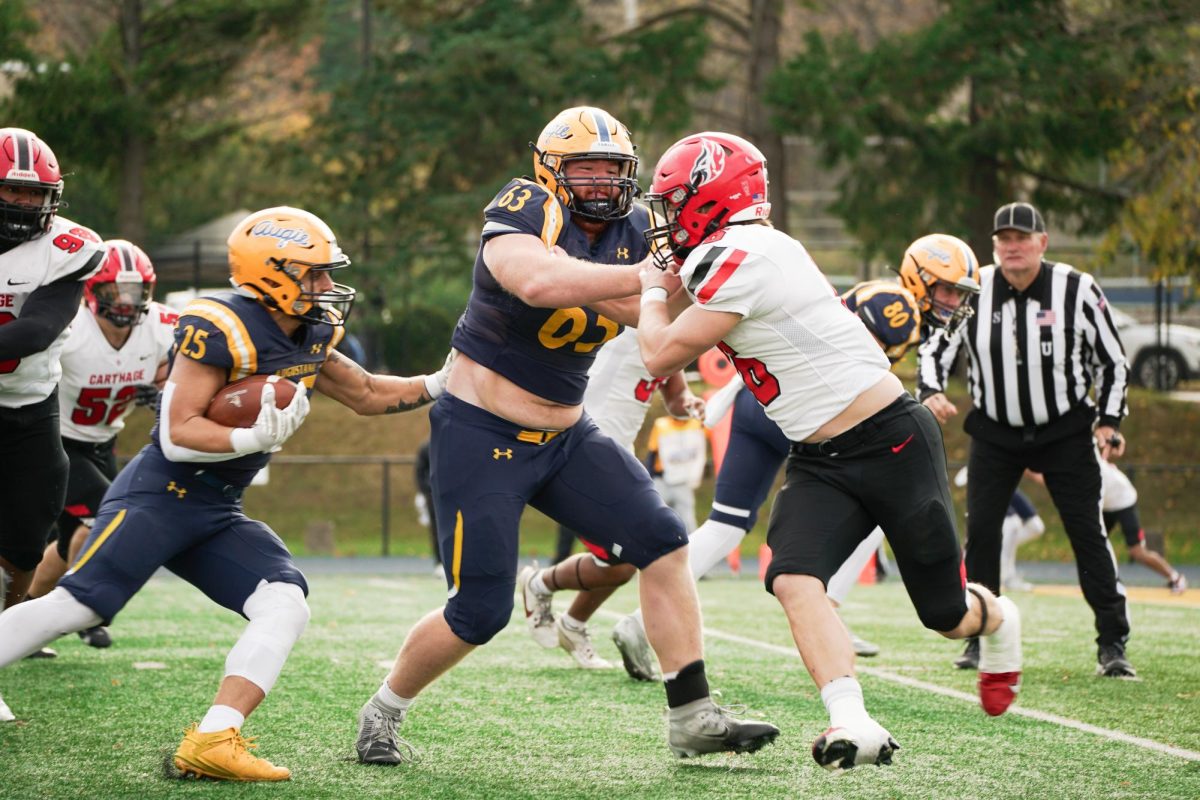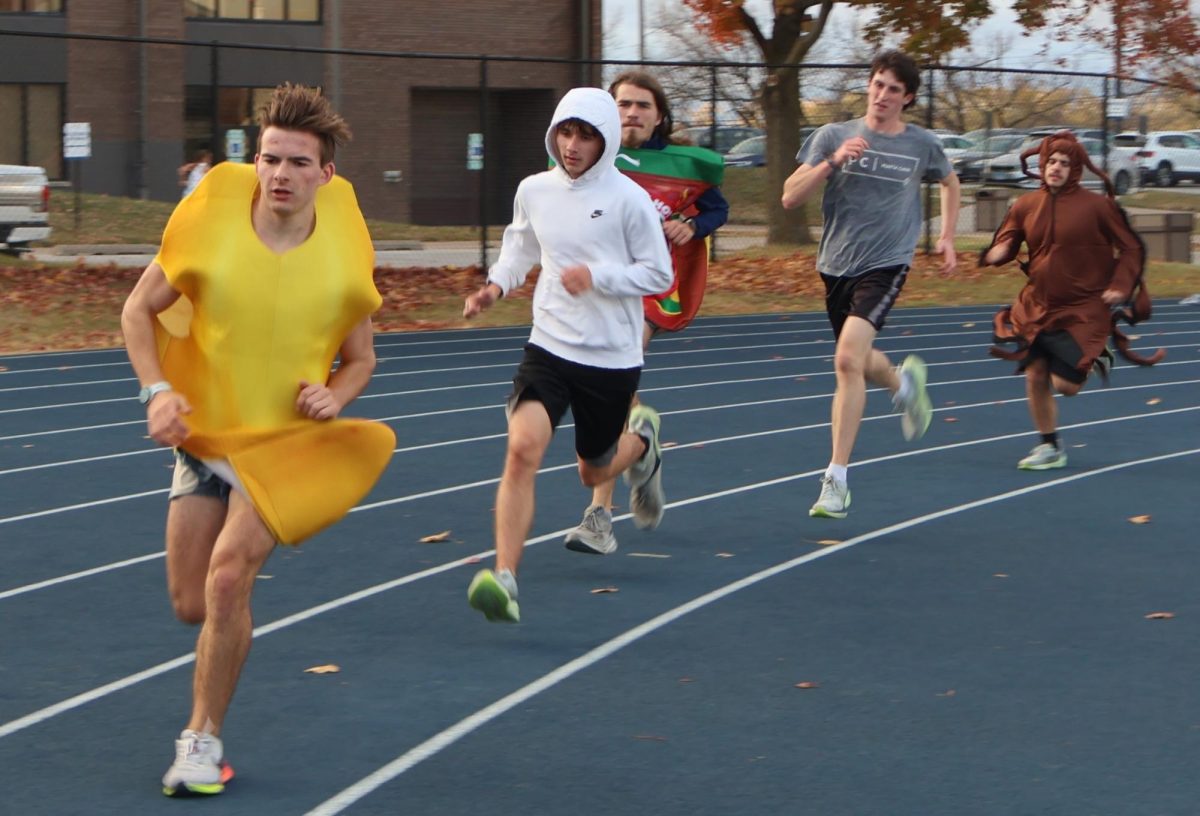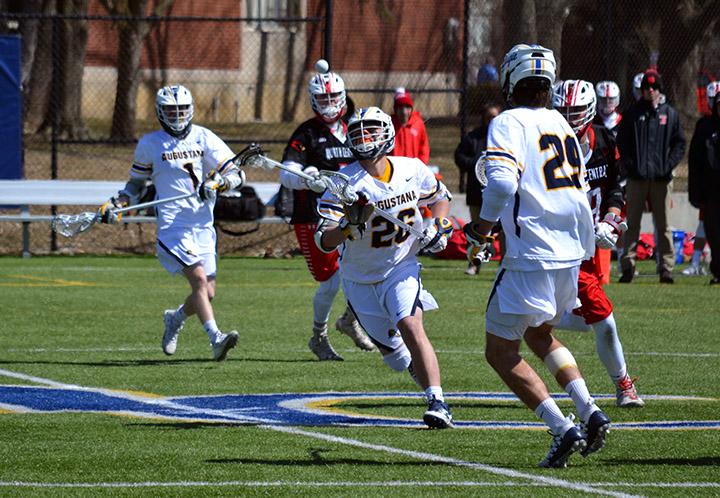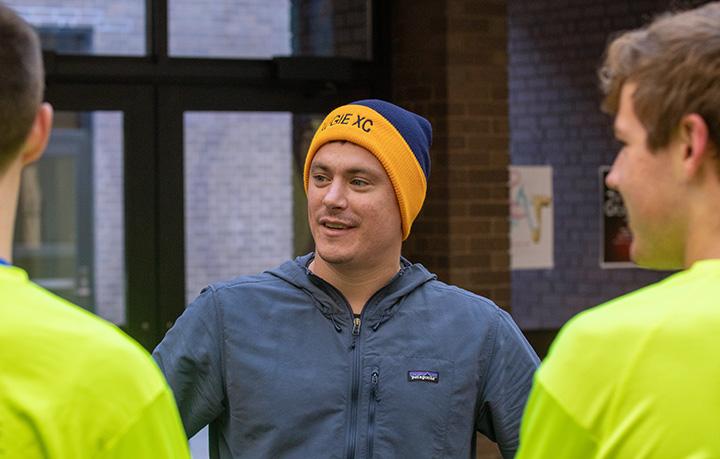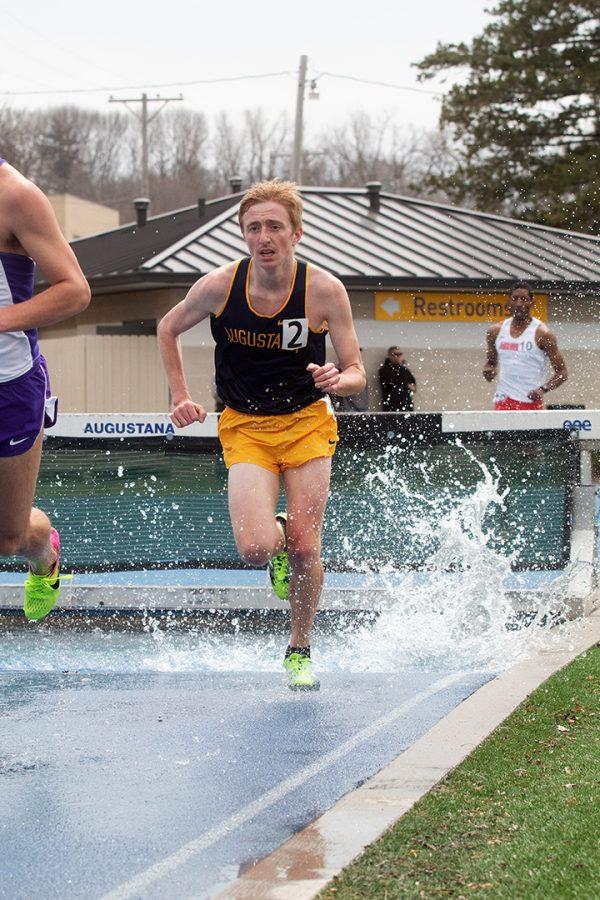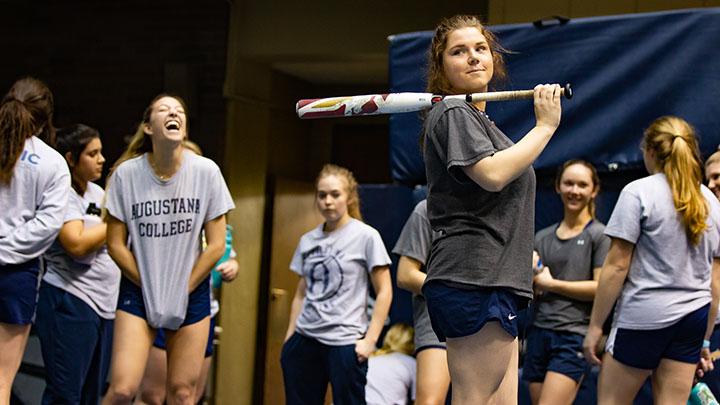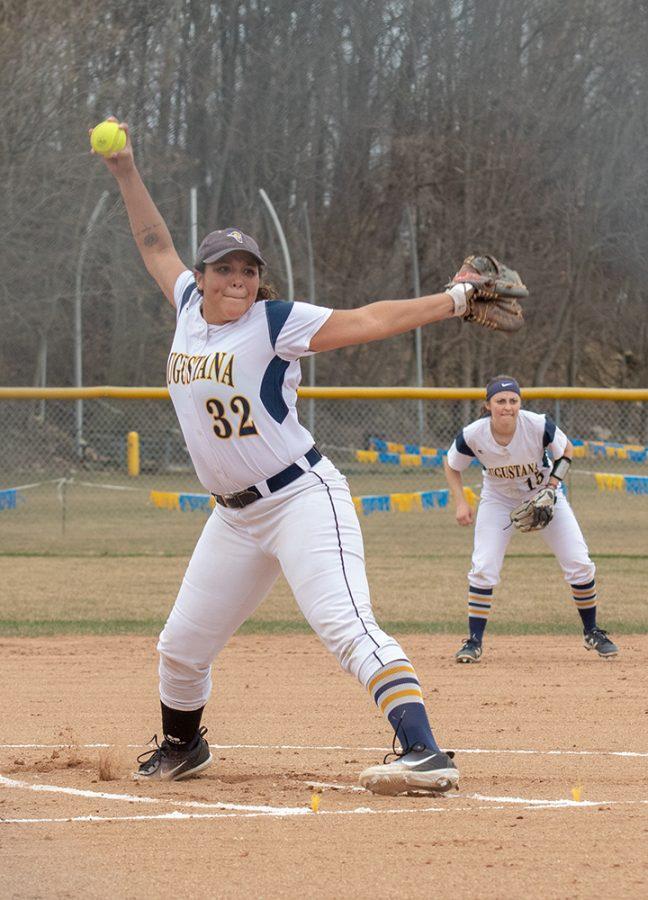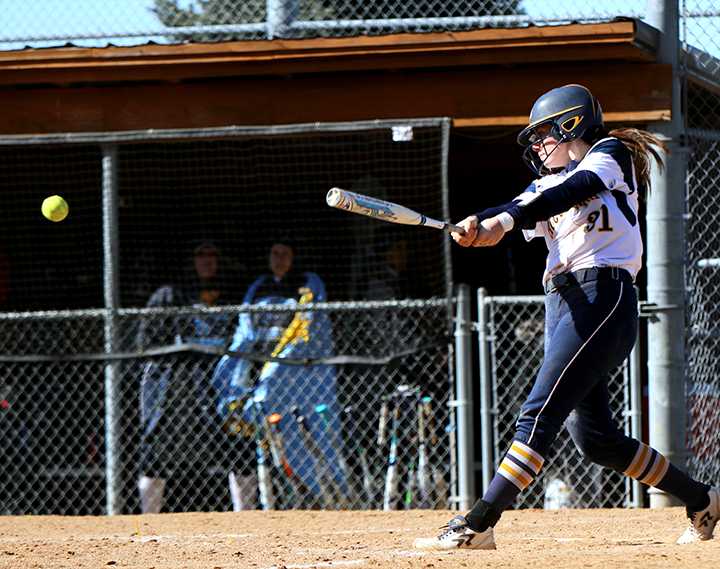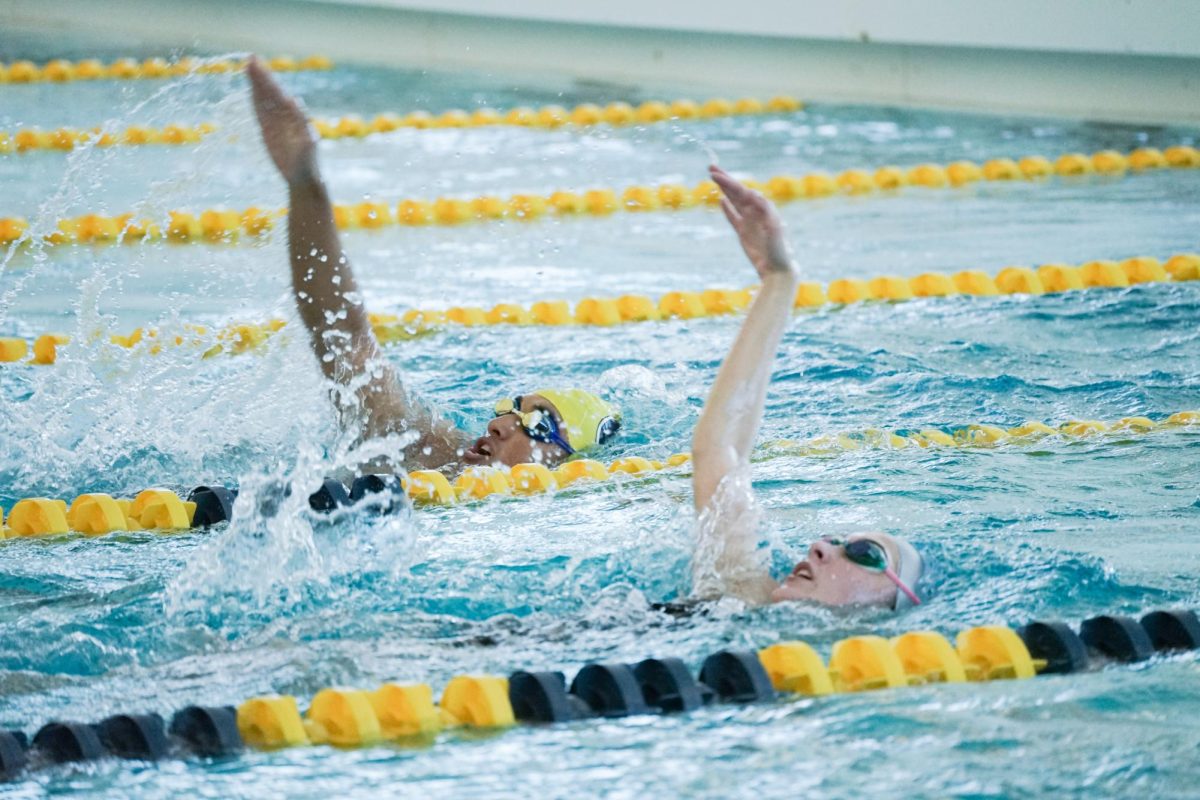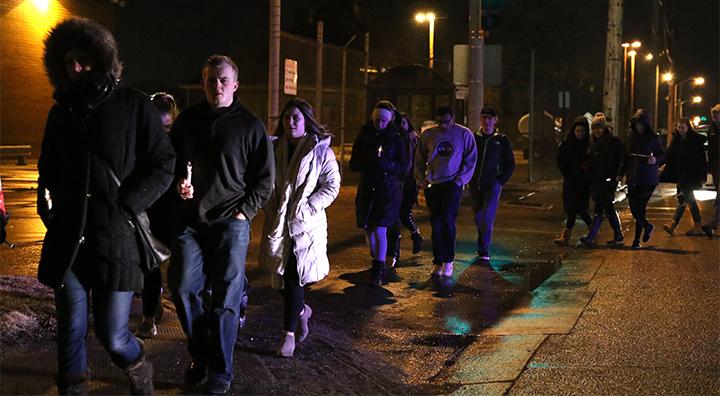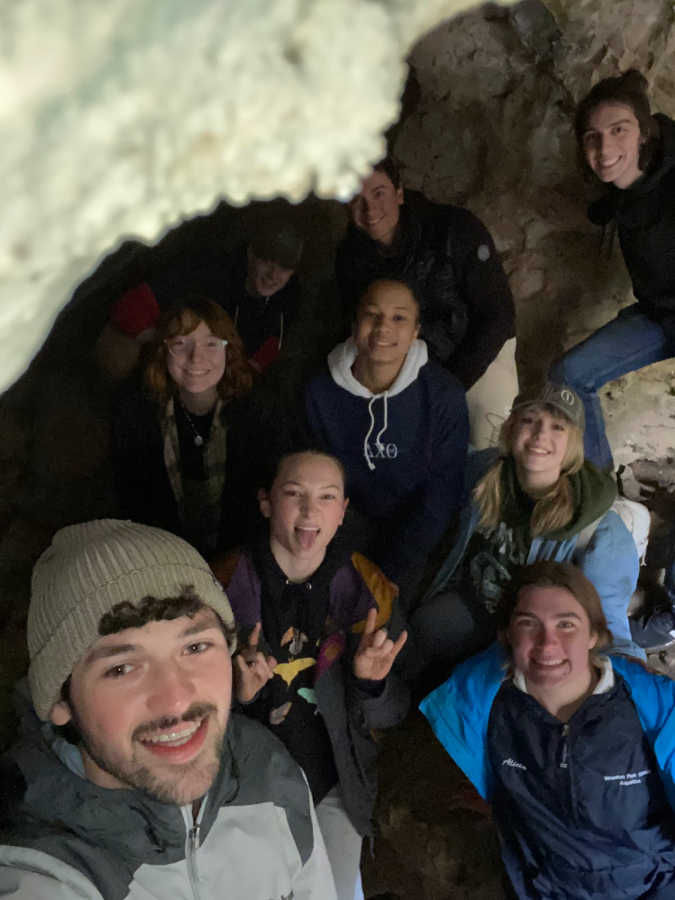Reporting by Aubrey Lathrop and Natalie McMillan.
The big shift into online learning and a heavier dependence on the Internet this year caused some students and professors to experience issues with the WiFi. The Information Technology Service department on campus (ITS) asks for patience in this unprecedented time and if you have an issue, to report it to their help desk.
Eva Schmitt, junior, has noticed changes in the WiFi during her time on campus and has experienced problems in one of her classes in Old Main.
“We actually had to get out of my political science class early because the WiFi stopped working,” Schmitt said. “And we were just watching the professor trying to figure out how to reconnect to the WiFi…and all the while, people on virtual were kind of like ‘What’s going on? There’s no more class.”
Students have been having trouble connecting to the WiFi since they moved in.
“I can’t connect to the WiFi at all on my phone. I’ve been using data since the beginning of the year. And with everyone trying to get on, it lags a lot,” Schmitt said. “Especially if you’re in the library and you’re trying to do a video call for a class, it’s very very hard to stay connected.”

Professors are also having trouble staying connected, especially moving between buildings. These moves require the professors to adjust to different technology settings each time.
“I would say that the current situation has brought to light the need for some standardization across campus in terms of the technology that’s available because what’s available in Evald, looks nothing like what’s in Old Main,” Dr. Angela Normoyle, part-time assistant professor of communication studies, said.
Though it needs to be remembered that the drastic shift from in person to online learning this spring, which led to our current situation.
The ITS department’s network manager, Scott Dean, explained there were a multitude of challenges that came from last spring. Some of these challenges included providing technology devices and answering questions.
One of the first priorities of ITS in the spring was providing faculty with the skills and supplies needed for online teaching.“We scrambled pretty quickly to help faculty teach online because, frankly, none of them had ever done it before, or most haven’t done it before,” Dean said.
Another issue ITS came across this spring was the commonly used platform, Moodle, could not handle the amount of traffic it received in the spring. Shawn Beattie, the manager of educational technology in ITS, explained this is why Moodle underwent an update, while moving to a third party provider, so it could handle the online demands.
Beattie also explained how the college assembled the Augustana Strong Task Force to help prepare for many different scenarios. “We were trying to prepare for having as much flexibility as possible. So the scenario we’re in now was one of the expected scenarios,” Beattie said.
Though the campus is in a better scenario than expected, there are still problems on campus ITS is facing today.
One of the problems ITS is struggling with is what Dean referred to as dead zones. Similar to a cellular network’s dead zone, the WiFi doesn’t reach the areas of campus such as the Carriage House and parts of Sorensen.
Sometimes, in dead zones like Sorensen, Dean said that the ITS department recommends moving to areas where the network is better..
However, in dead zones like the Carriage House, requests for WiFi did not exist before. “To install wireless in the Carriage House would be not only very costly, but would take a significant amount of time. And that’s one of those scenarios that we really hadn’t thought of before,” Dean said.
Dean also explained how slow WiFi can be caused by a multitude of issues. The first troubleshooting solution will be to check the device.
“The first thing we do is tell you to turn it off and turn it back on and that fixes a lot of things. It is not always the network or the WiFi. Sometimes it’s the device,” Dean said.
The other problem, Dean said, is the network traffic, or amount of people using the network,, could cause it to lag. Some days the WiFi may be slower because of the amount of people using it. Or, if a program like Google Meet lags, it may be because the amount of traffic is not just from Augustana, but many other schools.
While discussing how to improve WiFi speeds around campus, Dean and Beattie both said that a large-scale upgrade would demand more funds and time than the ITS currently has. The best thing campus members can do to help the department improve the WiFi is to report when things aren’t working.
“All of ITS are doing our best to support. We don’t bring down the WiFi and neglect things on purpose. We’re actively working to enhance those things,” Beattie said.
If campus members have an issue, they can contact the ITS help desk and find the links to the ITS work order system on their website. “We asked everybody to go through our work order system, that way we can kind of track it, and then our entire department sees it,” Dean said.
Also the more detail campus members can add to the work order, the more ITS can assist in the problem. “It’s better for us to have too much feedback than not enough. We’re at risk of sometimes having not enough feedback and not knowing that there’s a problem,” Beattie said.
Beattie said that with the experiences of last spring under the department’s belt, he believes ITS is prepared for this fall term.
Throughout all of this Beatie has been appreciative of the patience and resilience that the campus community has shown. “I’ve been impressed with the resiliency and the determination of students and faculty through this whole process,” Beatie said.
